I am reading datasheet of a relay. I see a term, initial contact resistance in relays. What is the definition of this parameter? Thanks.
-
*I am reading datasheet of a relay.* What datasheet? Include a link. – Bimpelrekkie Aug 06 '19 at 11:39
-
Thank you @Bimpelrekkie for the comment. https://www.hobbytronics.co.uk/datasheets/songle-12v-relay.pdf – user15847 Aug 06 '19 at 11:46
3 Answers
Initial contact resistance is the resistance of the contact when the relay is new. As the relay ages, switching significant current, the contact resistance can be expected to increase.
- 376,485
- 21
- 320
- 842
-
Thank you @Spehro Pefhany for the comment. Why does the resistance of contact increase over time? – user15847 Aug 06 '19 at 12:01
-
The contact wears and gets rougher as arcing removes material from the contact surface. Usually end of electrical life is defined by contact resistance higher than some value. – Spehro Pefhany Aug 06 '19 at 12:05
I see a term, initial contact resistance in relays
I read "Performance (at initial value)"
I reckon it means at the beginning of its life cycle. In other words it may deteriorate over time. Given the state of the data sheet and the unclear definition of original manufacturer I would be looking for a more reputably sourced and documented part.
- 434,556
- 28
- 351
- 777
-
@DerekHershman You should move this comment to below the question. It has no relevance here unless you are trying to say my answer is wrong (in which case you should be clearer). – Andy aka Jul 11 '22 at 08:48
-
Sorry if this comment is in the wrong spot. Also seeing the age of the post I probably shouldn’t have commented at all. To be clear I’m simply disagreeing that a Songle SRD purchased from a place like hobbytronics.co.uk is a dicey component to be using. That’s only true if you consider writing off all cheap Chinese components. If you’re comfortable using such parts though, 12v SRD is a pretty good option. – Derek Hershman Jul 11 '22 at 09:28
As indicated by answers above, the initial contact resistance refers to the contact resistance at time zero. However, it is somewhat inaccurate to say that the contact resistance will increase with time. Depending on applied contact pressure and the the current, the welding of asperity localised patches of true contact will cause the area of true metal to metal contact to grow, resulting in a reduction of electrical contact resistance as shown by the results in resistance relaxation curves here. Higher contact pressure and current too will translate also to lower ECR as shown here.
It should be noted that over extended periods of time, mechanical attrition and chemical corrosion of contacts may reverse the trend of decreasing electrical contact resistance.
- 31
- 1
